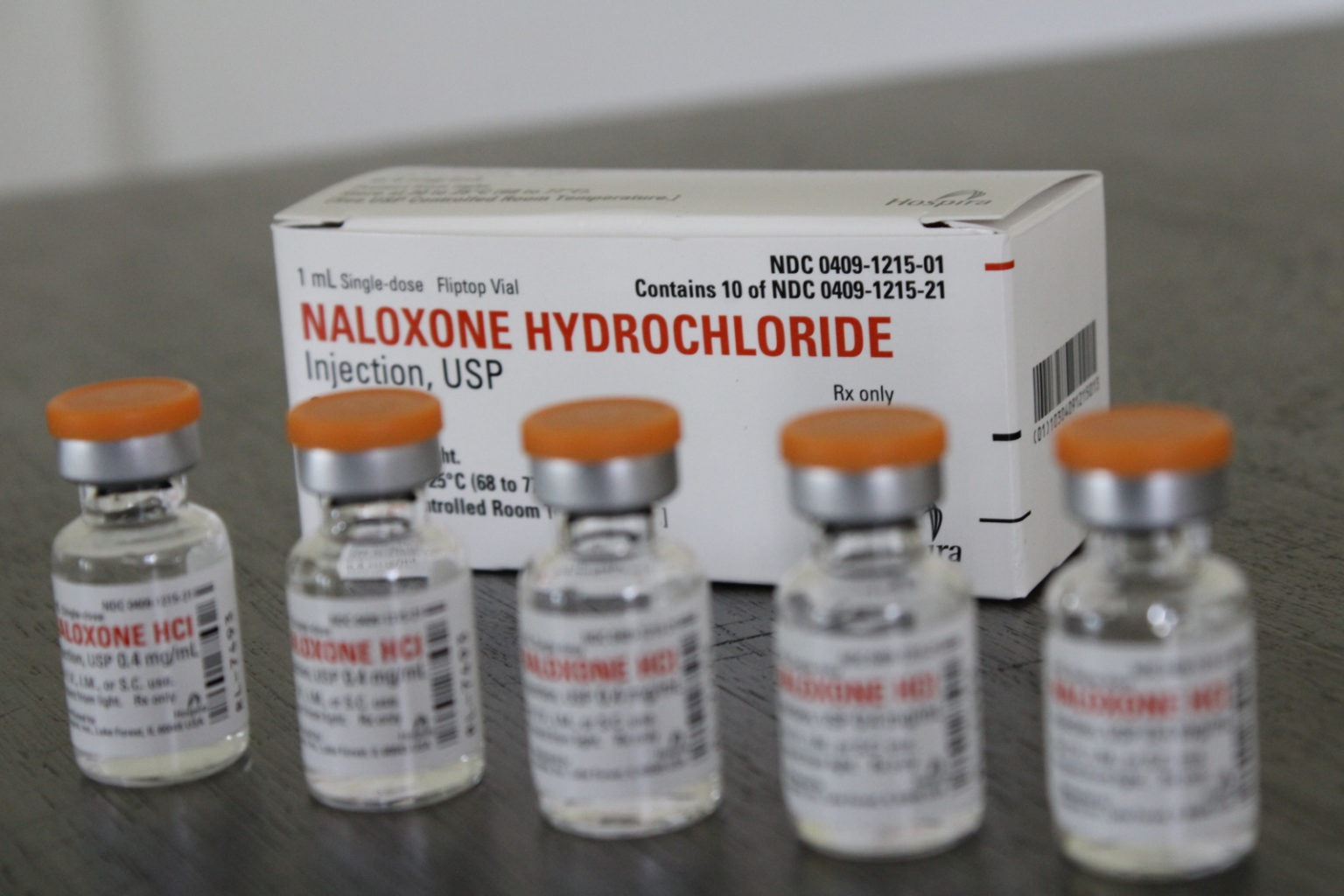On September 1, researchers are launching a statewide overdose tracking project in Texas. It’s trying to count more of the overdoses—fatal or not—that researchers believe are currently being undercounted. It’s hoped that better data will inform lifesaving responses. Hurdles that the project seeks to overcome include distrust of authorities among people who use drugs, and the challenges of reliable data collection in areas where official reporting is lacking.
The Texans Connecting Overdose Prevention Efforts (TxCOPE) project is a free, anonymous, online database that anyone can use to report an overdose. You simply create a new entry and add as much information as you can—when and where the overdose happened, which drugs were involved, the age range of the person involved, whether a medicine like naloxone was used, and whether 911 was called.
Incidents routinely go unreported when many people involved in nonfatal overdoses don’t go to the hospital or call 911.
TxCOPE launched in 2021 as a limited pilot program in several counties. This year it’s expanding across the whole state. The program was created by a team at the University of Texas at Austin, and they’re partnering with harm reduction and other community groups to get the word out.
“We will be enrolling harm reduction organizations into the platform in each of the counties across Texas, and they are the primary drivers of the platform initially,” Kasey Claborn, an assistant professor at UT Austin, told Filter. Claborn is a lead researcher involved in developing TxCOPE, which provides resources as well as collecting data.
“We have water bottles, lanyards, towels and fentanyl test strips we’re distributing across our communities,” she said. “With that it has a QR code and the website so people can go to the platform and anonymously report an overdose.” Knowing that some people who use drugs do not have a phone or internet access, harm reduction workers will also help collect data through people they serve.
Overdose data across the United States is fragmented, and Texas is no exception. Tracking overdoses is especially difficult in a very large state that’s predominantly rural outside of its major cities. Only 15 of Texas’s 254 counties have a medical examiner’s office. For the rest, knowing whether an overdose took place can require specifically requesting a toxicology test.
Other official sources of overdose data include emergency rooms, paramedics and law enforcement. But incidents routinely go unreported when many people involved in nonfatal overdoses don’t go to the hospital or call 911.
Those unseen nonfatal overdoses are a national issue. Almost 108,000 people in the US died of overdose in 2021—including 5,000 just in Texas—but there’s simply no reliable estimate of how many people overdosed and survived. Many of these overdoses are reversed by someone close to the victim, and kept private. Specifically in Texas, Claborn estimated that 70 percent of overdoses, most of them nonfatal, are not reported.
In many cases, people don’t want to call for help because they fear arrest or other penalties, which is why harm reductionists advocate for “Good Samaritan” laws. Texas has an overdose bystander law on the books, passed in 2021, which offers limited protection to people in possession of drugs who call 911 for an overdose. But as critics have argued, it’s not a true “Good Samaritan” law. It excludes people with felony convictions, and the protection is only good for one use—after the next 911 call, you can be arrested.
For TxCOPE, the barrier to good overdose data is trust, which is why they’ve recruited harm reduction providers to help. If you attend a syringe service program, they reason, you probably know and trust your staff members or volunteers and may be more willing to contribute to overdose data.
“It’s about 6-18 days when we’re seeing an overdose get reported from when it actually occurred. It’s much quicker than what we traditionally see.”
The researchers hope to report trends in real-time—to see where there is a surge of overdoses, which drugs or batches are involved and who it’s impacting. Then, harm reduction workers and other advocates can alert their communities and distribute appropriate lifesaving tools.
Since the pilot launched last year, researchers have already been seeing results that include faster reporting. “It’s about 6-18 days when we’re seeing an overdose get reported from when it actually occurred,” Claborn said. “It’s much quicker than what we traditionally see.”
By comparison, official sources of overdose data can often take up to six months to report. “Six months from now, when we’re determining how to use data to inform action, with the way the crisis has been and changes in the drug supply, you really can’t use that data to inform community response,” Claborn said.
The COVID-19 pandemic proved that with the necessary resources, we can collect and report data in real time about who’s getting COVID-19, when and where. TxCOPE hopes to do the same for overdoses.
Photograph by Morgan Godvin




